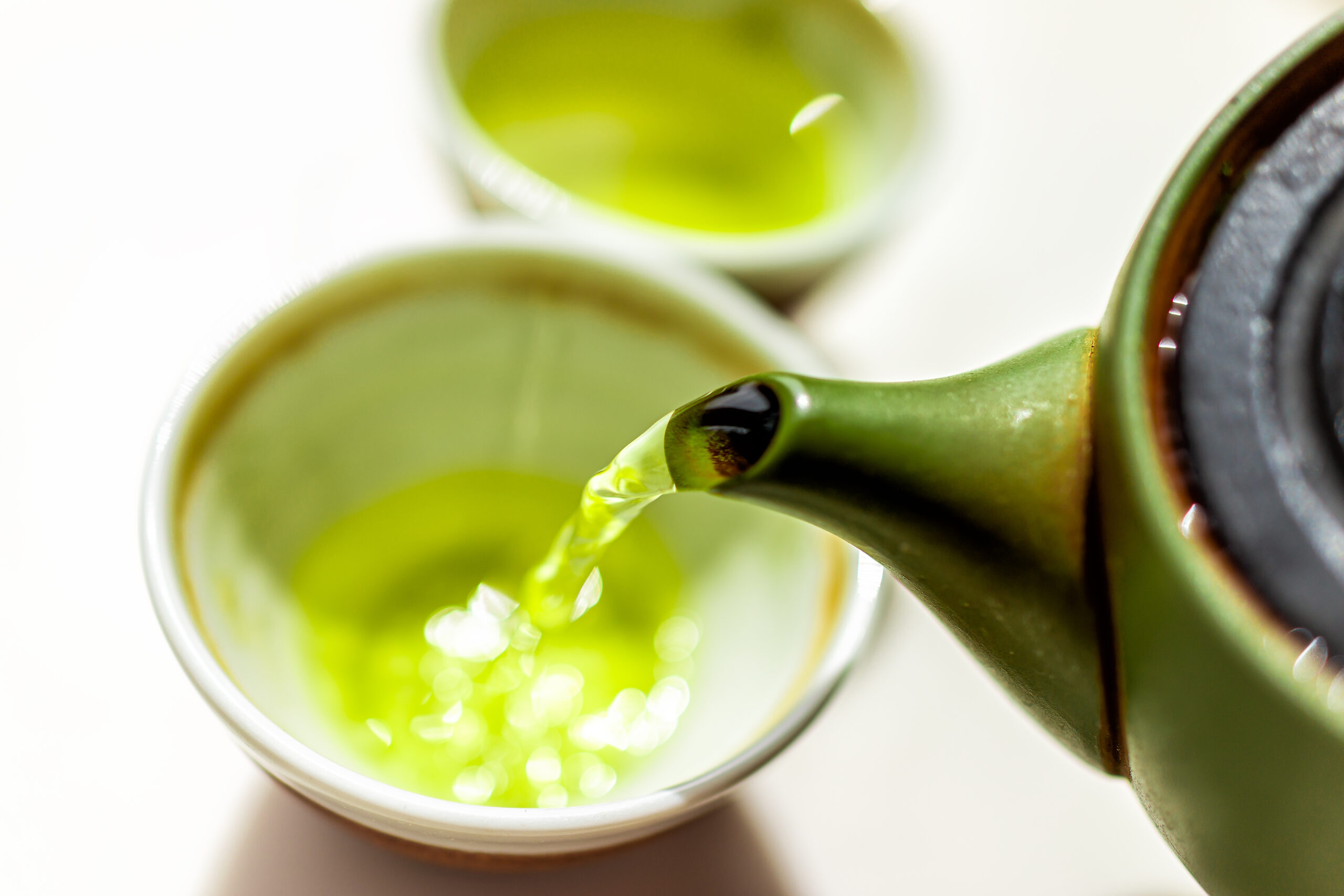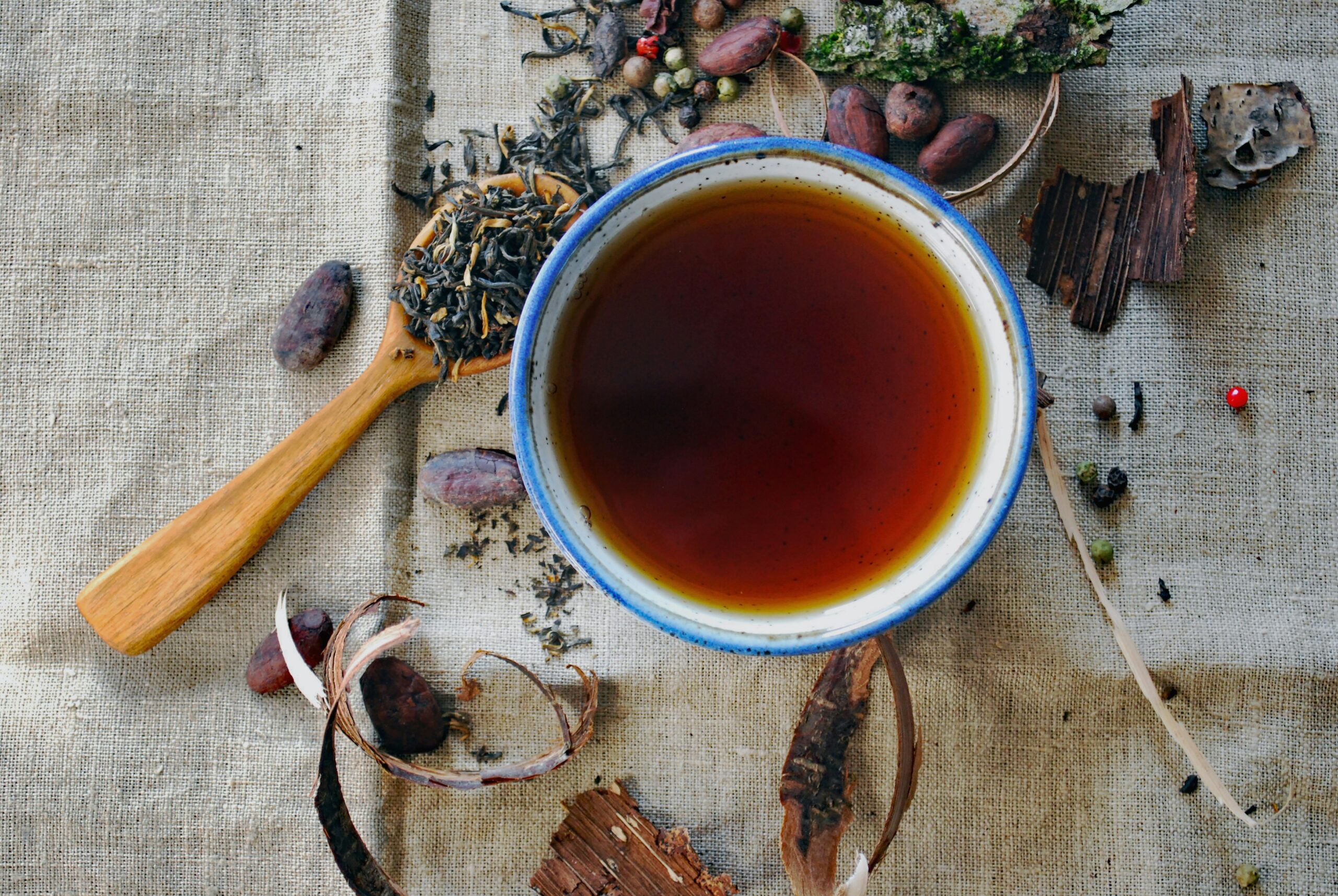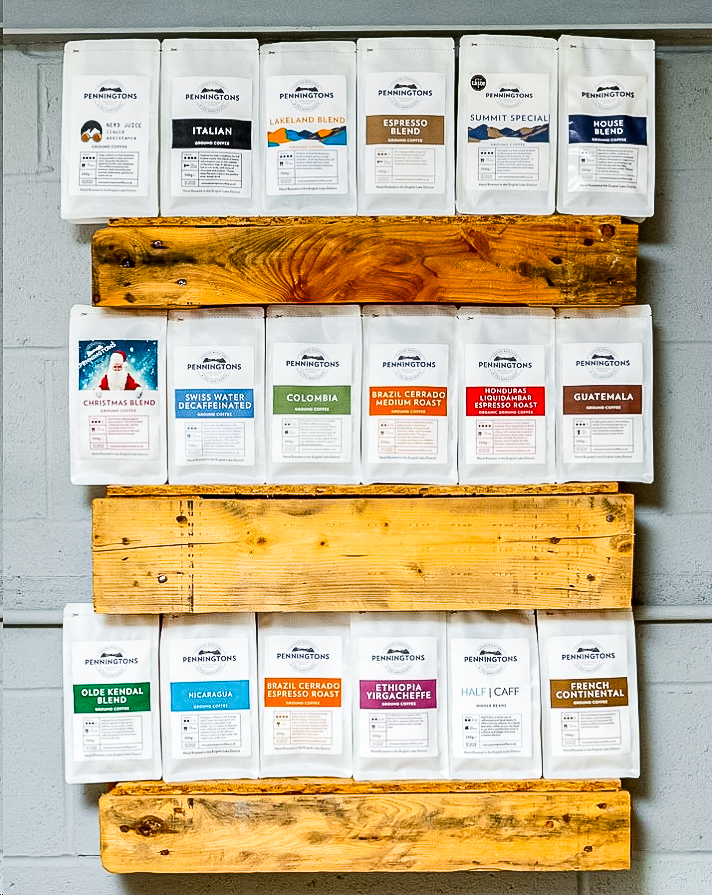
Spotlight on Green Teas
Spotlight on Green Tea: What Are They and Why Are They So Special? Green tea has been celebrated for centuries

For tea lovers who want to enjoy the comforting flavours without the buzz of caffeine, decaffeinated tea offers the perfect solution. But how is tea decaffeinated, and what impact does the process have on its flavour and health benefits? Let’s explore the various methods used to decaffeinate tea and what each means for your cup.
Decaffeination refers to the process of removing caffeine from tea leaves, ideally preserving as much of the tea’s original flavour and beneficial compounds as possible. No decaffeination process removes 100% of the caffeine, but it can reduce caffeine content by about 97% or more.
There are several methods used to decaffeinate tea, each with its own advantages and disadvantages. Here are the most common methods:
The methylene chloride process involves soaking tea leaves in a solution containing methylene chloride, which selectively binds to caffeine molecules. The solution is then removed, and the tea leaves are dried.
In this method, tea leaves are soaked in a solvent called ethyl acetate, a naturally occurring compound found in fruits. The solvent extracts the caffeine, and the tea leaves are subsequently washed and dried.
This modern method uses pressurized carbon dioxide in a supercritical state to extract caffeine. The CO2 acts like a solvent that targets caffeine molecules, leaving other compounds largely intact.
The Swiss Water Method, more commonly used for decaffeinating coffee, is sometimes applied to tea. It involves soaking tea leaves in hot water to dissolve caffeine and other compounds. The caffeine is then filtered out using a charcoal filter, and the tea is reintroduced to the flavour-rich water to reabsorb the flavours.
Decaffeination can impact the flavour, aroma, and health benefits of tea. Here’s what you need to know:
When selecting decaffeinated tea, consider the following:
Decaffeinated tea provides a great alternative for those looking to enjoy tea without caffeine. Understanding the decaffeination process can help you make informed choices about the tea you drink. Whether you prefer a rich black tea or a delicate green tea, there’s a decaffeinated option to suit your taste while letting you enjoy a soothing cup any time of day.

Spotlight on Green Tea: What Are They and Why Are They So Special? Green tea has been celebrated for centuries

The Art of Gifting: Awaken Your Inner Grinch and Master the Holidays The holiday season is upon us—a time for

Sign up to be the first to know about our latest news, offers and products and get a code for 10% off your next purchase.
*Discount only Applies to Tea and Coffee orders. Offer Excludes subscriptions and sale items.